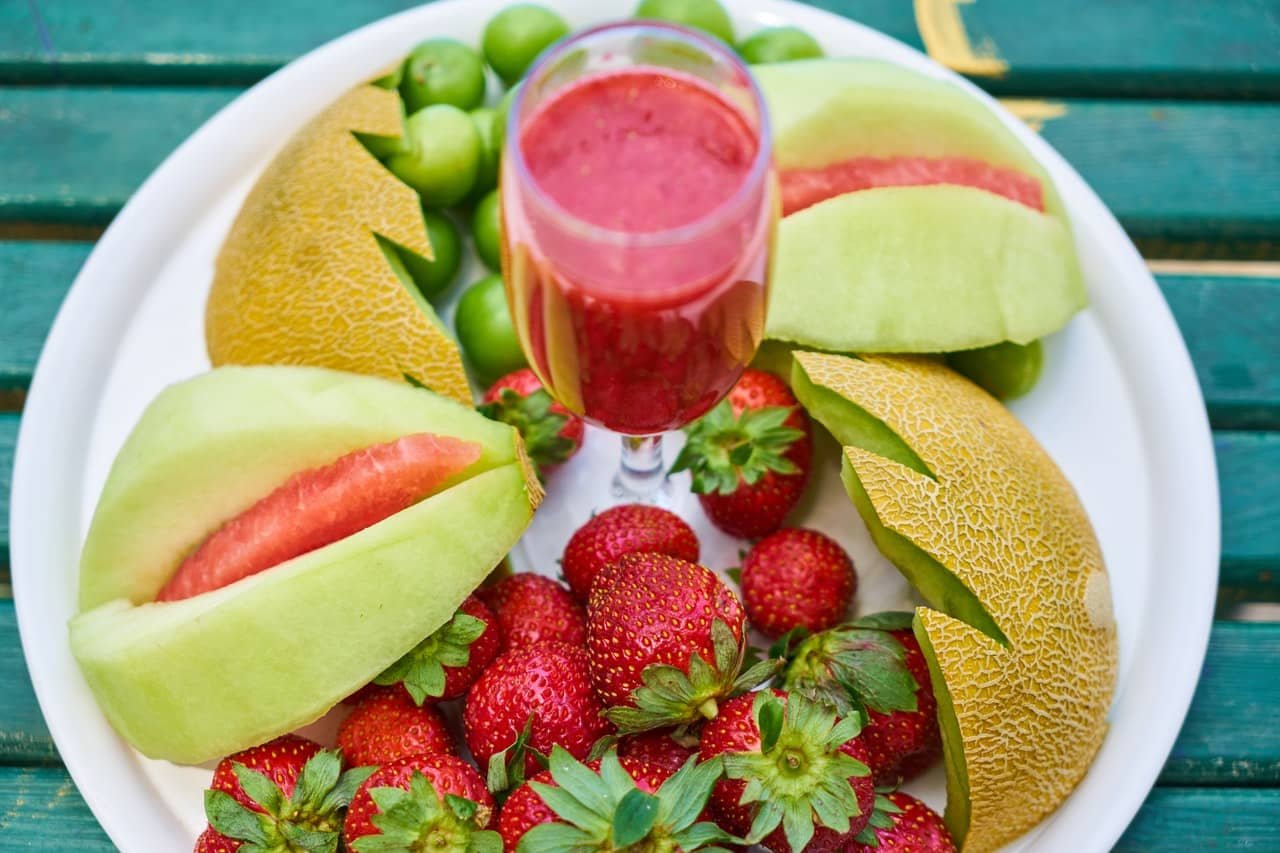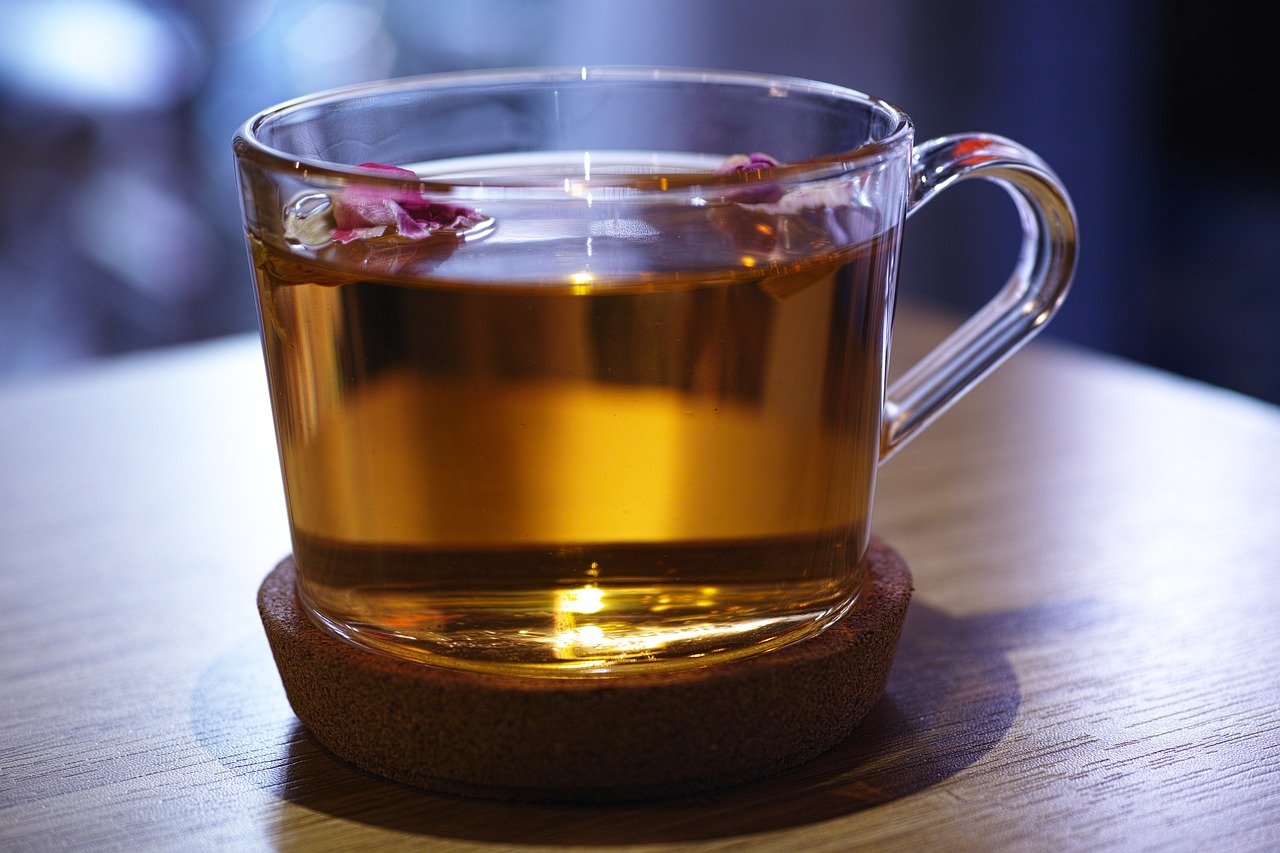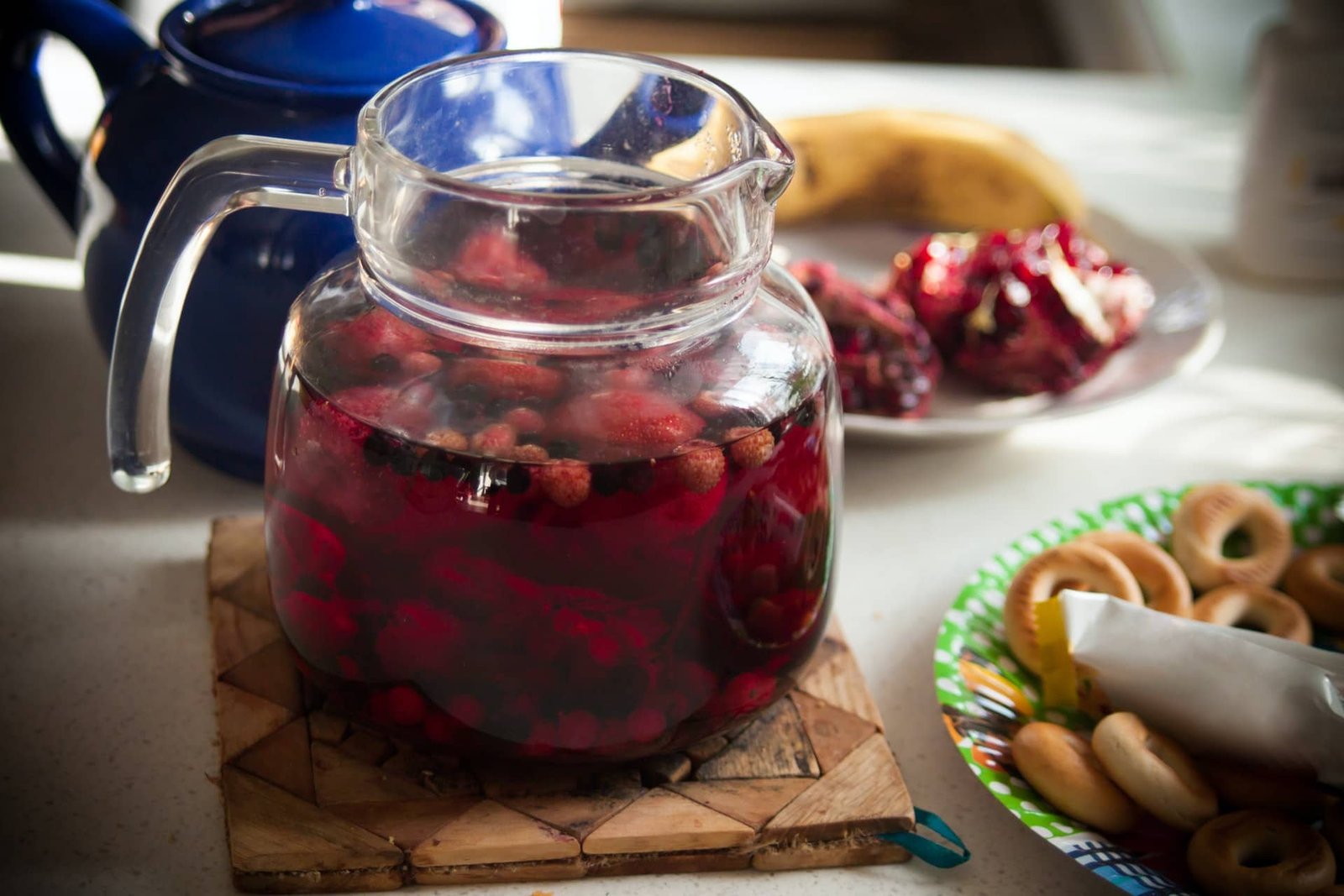Many of you must have heard about a clear liquid diet, where you drink only liquids like tea, water, and soup. A full liquid diet is similar, but it includes all the food items that are liquid or can be turned to liquid at room temperature. It provides you more nutrition than a clear liquid diet. It also lets your body heal from a process. Here, we are discussing everything about the full liquid diet plan for weight loss, including how it works, its benefits, and its side effects.
Your doctor may suggest a full liquid diet when you are:
- Preparing for a test or medical process
- Recovering from an operation, like bariatric surgery
- Having difficulty in chewing or swallowing
- Most people will need to follow a full liquid diet for a small period, like five days to 2 weeks.
Here is more about how this diet plan for weight loss works, what are the items that you can eat, and other important considerations.
Benefits of Full Liquid Diet Plan for Weight Loss
In certain situations, a full liquid diet plan for weight loss is important to ensure safety. For instance, if you are having any problem chewing or swallowing, you are at a risk for choking while eating or drinking. This healthy diet plan for weight loss helps lessen that risk.
Eliminating huge chunks of food-and, thus, food particles- can also help in reducing difficulties if you have undergone dental surgery or had an injury in your jaw. You may have open wounds in your mouth from missing teeth or incisions. Following a liquid diet until the pockets have closed will let your mouth recover and avoid food bits from getting stuck in the openings which causes infections.
If your digestive system is slow or damaged from disease, illness, or any kind of surgery, being on a liquid diet while you get recovered can help handle the pain and avoid complications, like a blockage in your intestines. While preparing to have a test or imaging process to see inside your intestines and stomach you may be asked to be on a liquid diet for one or two days prior. This will help ensure that no undigested food remains inside your gastrointestinal tract, which could affect the ultimate results. You may also need to be on a liquid diet to prepare for other medical processes. Having clear liquids before surgery, for instance, is generally required to lessen the risk of aspiration.
How does the Full Liquid Diet Plan for Weight Loss work?
The full liquid diet lets you have clear fluids and thicker ones, like fruit juice, milk, smoothies, and shakes. Doctors may permit other food items, like yogurt or strained purees. If you have a medical condition that gets affected by what you drink and eat, you may have extra dietary restrictions. These choices will be your only ones when you follow this healthy diet plan for weight loss. This can make it hard to get enough nutrients and calories every day. In addition to sticking with diet-compliant beverages and foods, you must follow your doctor’s instructions closely to make sure you get sufficient nutrition. A registered nutritionist or dietitian can also be a great resource for help.

Duration of a Full Liquid Diet Plan for Weight Loss
Generally, the full liquid diet plan is prescribed for a few days to assist you in the transition back to your normal diet. It is rarely required for more than two weeks. Exceptions may be people who are going to have bariatric surgery, recovering from a fractured jaw, or who use this diet to handle acute flares of few medical conditions. Because of its restrictive nature, your doctor must monitor you closely when you are on a full liquid diet plan.
What to Eat While Following This Diet Plan for Weight Loss
You can have your favorite beverage while following a full liquid diet. With the right tools, you can turn many solid foods into diet-friendly foods. Thinning, melting, pureeing vegetables, fruits, and cheese, straining, and even pureeing meat can help you stay filled and nourished.
Juices- You can have vegetable and fruit juice while following this diet plan. However, make sure it is strained to remove any solid particles. You must avoid any high-fiber juice like prune juice altogether. If you make juice of your own using a high-speed mixer or blender, you can control the consistency easily. Or, after making the juice, pour the juice through a mesh sieve or strainer to remove the solid residue.
Vegetables- Mashed potatoes and other kinds of vegetable mash are usually not approved but can be if they are properly thinned. You can mix them with gravy, butter, sauces, and seasoning to taste and make them thin with broth or water. Ensure they are thicker like smoothies, not more than that.
Grains- Cooked cereals or grains can be thinned using milk or water, and then strained. If you want to make a nutritious cereal, then it is better to make it with whole milk instead of using skim milk or water.
Milk- Lactose-free alternatives or milk are approved by doctors. Drink your favorite milk or add it to shakes and smoothies for getting extra nutrition. Powdered milk is a great option that can be added to eggs, soups, and cereals. You can boost the protein of regular milk by combining it with dry skim milk before you use it for creating any type of liquid meals.
Cottage cheese and yogurt- A regular yogurt works great as a base for sweet liquid meals and Greek yogurt can be a great base for more tasty recipes. Cottage cheese is easy to mix into a liquid meal and most of the shredded cheese will melt when kept on a little heat.
Butter-While you are restricted to a full liquid diet, use margarine or butter as often as you can add fat and calories to your meals.
Protein-Meat is approved as long as it is the consistency of baby food. Combine meat with milk and potato flakes before or after cooking to make it of the right consistency.
Nut butter- It is a great source of protein and healthy fats that can be added to smoothies or shakes easily.
Eggs- Egg whites, eggs, or any egg substitutes can be made soft and combined into a liquid form.

Dessert- Frozen yogurt, ice pops, and ice cream that melts at room temperature are approved on a liquid diet if they do not contain any candy, nuts, or hard pieces. Gelatin cups are permitted as it is. Custards and puddings can be prepared to a liquid consistency. If you want to add extra calories, try to top up your pudding, ice cream, milkshakes, or malts with fruits that are thoroughly mixed with whipped cream.
Beverages- Any pulpless juice, clear booths, soups, and other drinks are allowed on a full liquid diet plan. You can use half-and-half, milk, and non-dairy creamer to add extra calories to tea or coffee. Other hot beverages like chai, cider, or milk-based espresso drinks are approved but they should contain any solid pieces like mulling spices and chocolate flakes.
Possible Risks of the Diet Plan for Weight Loss
- Low immunity
- Dizziness and light-headed
- Food cravings may increase, which can lead to overeating.
- Muscle loss & weakening of bones.
- Mood swings
Conclusion
Weight loss is a touch procedure, and it depends on one’s body type. Usually, it takes from a few days to a few years to reach one’s ideal weight. This diet plan is a short-term weight loss program that makes you lose water weight and muscle mass. Before you follow this diet plan, consult with your doctor.

